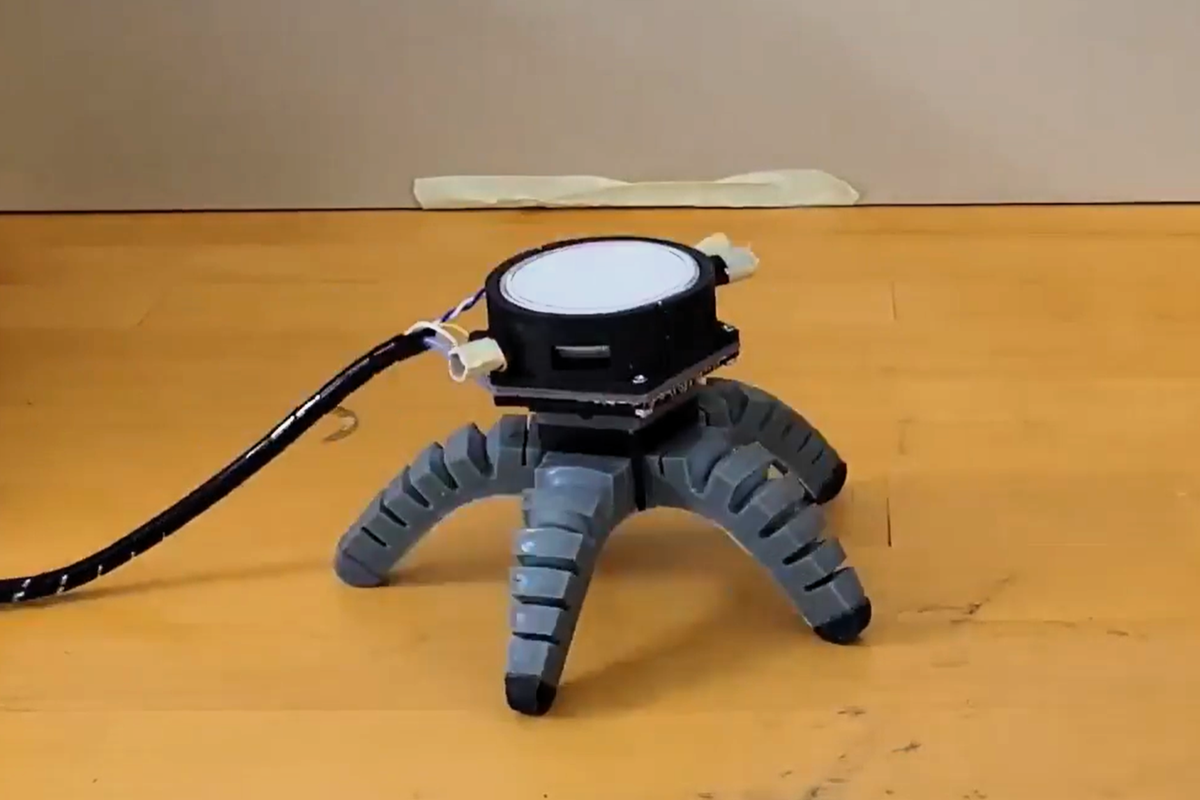Nobody knows what sleeping mushrooms dream of when their vast mycelial networks flicker and pulse with electrochemical responses akin to those of our own brain cells.
But given a chance, what might this web of impulses do if granted a moment of freedom?
An interdisciplinary team of researchers from Cornell University in the US and the University of Florence in Italy took steps to find out, putting a culture of the edible mushroom species Pleurotus eryngii (also known as the king oyster mushroom) in control of a pair of vehicles, which can twitch and roll across a flat surface.
Through a series of experiments, the researchers showed it was possible to use the mushroom’s electrophysiological activity as a means of translating environmental cues into directives, which could, in turn, be used to drive a mechanical device’s movements.
“By growing mycelium into the electronics of a robot, we were able to allow the biohybrid machine to sense and respond to the environment,” says senior researcher Rob Shepherd, a materials scientist at Cornell.



I’ve always kind of looked at our own nervous system as kind of fungus-ish. Maybe animals are what happens. It’s the only thing that’s really aware that of all the other parts.